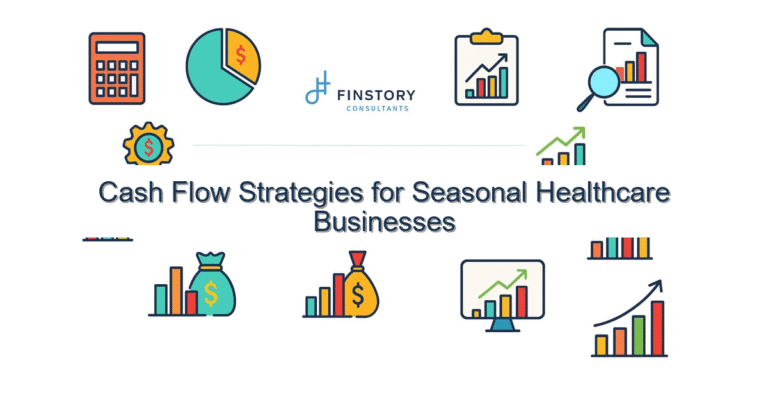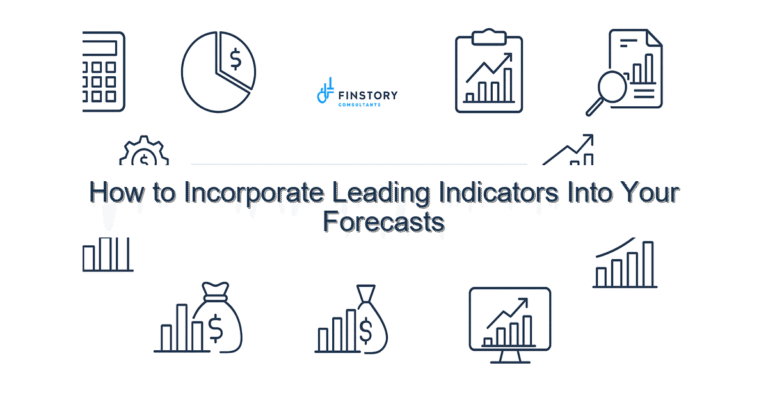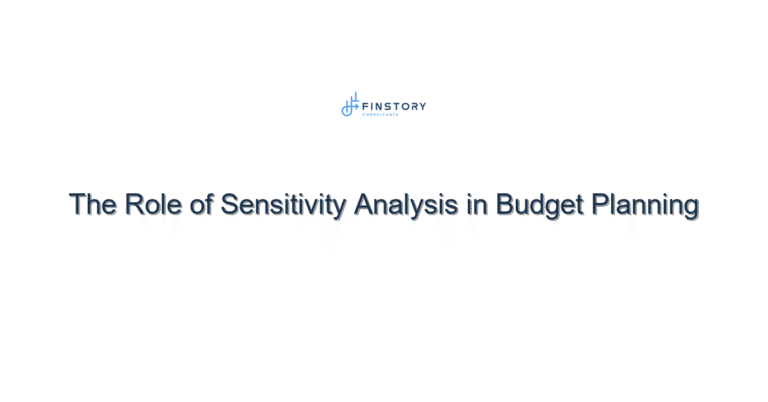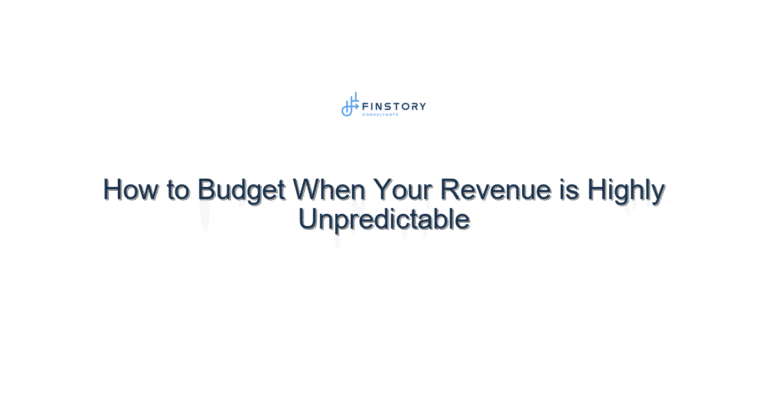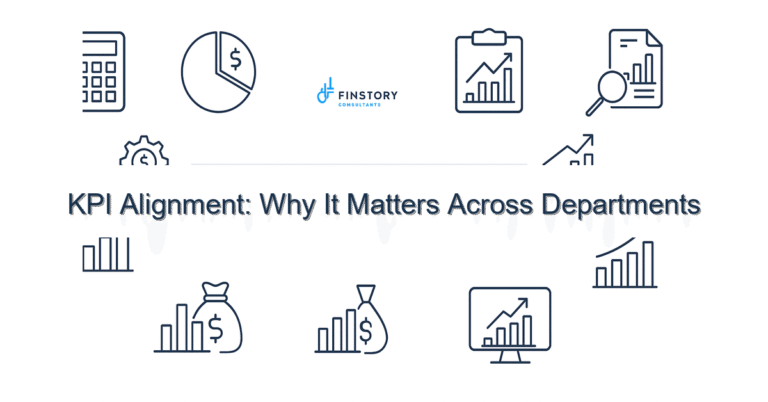Variance Analysis: How to Spot Patterns and Take Action
Ever set a budget… and then wonder where things went off the rails?
Variance analysis is how you stop wondering. It helps you figure out why actual results differ from what you expected — and what to do about it.
Whether your business is growing, stable, or struggling, variance analysis gives you the insight to make smarter decisions and avoid nasty financial surprises.
Let’s break it down.
What Is Variance Analysis, Really?
In plain English, variance analysis compares your planned numbers (budget or forecast) to your actual results.
The goal? Spot the differences (called variances) — and understand why they happened.
There are two main types:
- Favorable variance: When results are better than expected (e.g., higher revenue, lower costs)
- Unfavorable variance: When results are worse than expected (e.g., overspending, missed sales goals)
Why Variance Analysis Matters
Too many businesses set a budget and then forget about it. But a budget is only useful if you track how close you’re staying to it.
Variance analysis helps you:
✅ Catch financial problems early
✅ Improve future forecasts
✅ Understand which areas of the business are performing — or underperforming
✅ Hold teams accountable to their targets
✅ Adjust strategy based on real-world data
Real Example: Marketing Spend Surprise
Let’s say your company budgeted $10,000 for paid ads in Q2. But actual spend came in at $14,000. That’s a $4,000 unfavorable variance.
The variance analysis would dig into:
- Was the overspend approved?
- Did ad costs increase unexpectedly?
- Was there a spike in clicks or conversions?
- Was the extra spend worth it in ROI?
In this case, maybe the extra spend brought in record sales. That would actually make it a strategic variance — not a mistake.
Hypothetical Scenario: Product Cost Spike
Imagine a small business that manufactures eco-friendly kitchenware. They budgeted for raw materials to cost $20,000 for the quarter, but actual costs hit $28,000.
That’s a $8,000 unfavorable variance.
On review, they find:
- Suppliers increased prices
- They didn’t renegotiate contracts
- And they ordered more than necessary to “stock up”
This led them to update vendor agreements, reduce bulk buying, and improve inventory controls.
Key Areas to Monitor for Variance
Here’s where variance analysis is especially valuable:
- Revenue vs. Forecasted Sales
Are sales falling short — or exceeding — expectations? - Cost of Goods Sold (COGS)
Watch for rising supplier costs or hidden inefficiencies. - Operating Expenses
Are marketing, payroll, or software costs creeping up? - Profit Margins
Are margins tighter than planned? That often points to pricing or cost problems. - Cash Flow
Variances in timing (late payments, early spending) can cause major disruptions.
Actionable Tips
🔹 Run monthly variance reports
Compare budget vs. actuals for each major category. Visual dashboards help spot outliers fast.
🔹 Investigate variances >10%
Set thresholds that trigger review. Not every small variance needs a deep dive.
🔹 Get department input
Ask team leads to explain why variances occurred — and what to do next.
🔹 Update forecasts quarterly
Adjust your forward-looking numbers based on real-world performance.
🔹 Don’t ignore “good” variances
Sometimes beating the budget still signals a problem (e.g., under-spending in marketing may hurt growth later).
How a Virtual CFO Can Help
A Virtual CFO helps turn your variance analysis into action:
✅ Set up smart dashboards that track key variances automatically
✅ Identify which variances are normal vs. warning signs
✅ Work with your team to build accountability and responses
✅ Guide forecasting improvements based on what actually happened
It’s not just about watching numbers — it’s about using them to guide better decisions.
Your Next Step
When was the last time you compared your actuals to your budget?
Start with just one category — like marketing or operations. Look for any surprises. Then ask:
“Is this a one-off, or part of a pattern?”
Variance analysis isn’t about catching mistakes — it’s about staying in control. And if you need help connecting the dots, that’s what a Virtual CFO is there for.

